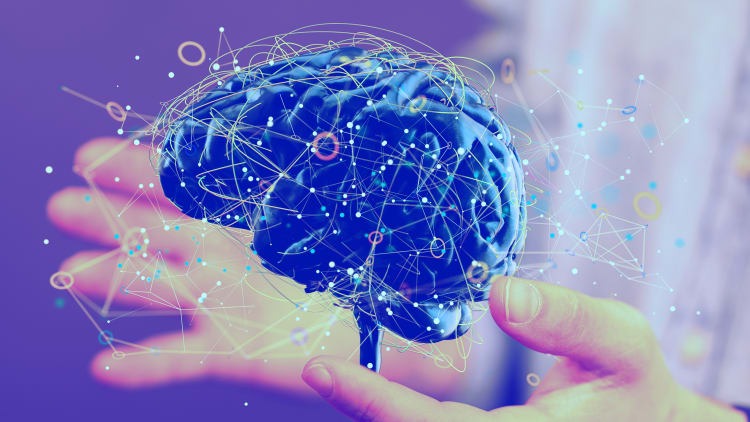- | 9:00 am
Why designers should embrace AI
Automate the mundane, and free up your people to be creative and deliver better results.

A lot has been said about the potential—both good and bad—for artificial intelligence to transform the way many industries will operate in the future. As director of innovation for a top-ranked architecture, engineering, and consulting firm, I welcome these new developments and believe there is a huge opportunity for the firms that capitalize on them now.
At its core, this is an exercise in change management, and we all know that in our industry, we can be slow to embrace new things that challenge our empirical approaches. But there are many good things that can come from embracing AI:
- Automate the mundane. Let’s be honest. Don’t we all want to spend more time being creative and less time iterating and process mapping? A lot of what we do as designers can be tedious. We develop conceptual designs, clients request changes, and we iterate. AI-enabled tools and workflows can help automate those tedious tasks, saving you time and headaches. And for your client, that can mean better and faster results.
- Improve your work product. We have all read about the perils of relying on AI a little too much and the “hallucinations” that can happen. Smart designers know that AI should not be trusted to do your job for you. However, you can use AI to evaluate your work product, check accuracies, and serve as another set of eyes on your work. This doesn’t change the standard of care pledge we make, but it allows us to potentially do our jobs better.
- Make important changes happen faster. My background is in civil engineering and safety for our most vulnerable roadway users. I think AI can offer a positive impact on safer streets. Imagine leveraging publicly available traffic cameras that do the work of traffic counts for us. Think about the speed that could bring to our ability to measure what makes our streets dangerous and how design can have a faster impact. This is just one example, but similar parallels could be applied to many sectors across architecture and engineering.
The “good” comes with some caveats. Before anyone embraces this digital transformation, the most important thing to do first is to put the right guardrails in place, so you have clear policies and procedures on governance, usage, and data privacy. Without a strong data protection strategy, you will not get far (or your competitors will be using your data and processes to get just as far). Some tips to overcome the bad:
- Isolate your intellectual property. Use custom models or protected channels that use the large language models for what they are good for.
- Don’t get distracted by the noise. A lot of startups are touting AI-enabled features. It’s important to stay attuned to their developments, but be selective with the right partners that have similar safeguards in place to protect your IP while still challenging what we do as professionals in positive ways.
- Shift contracts to focus on value creation. Your old hourly based contracts do not work well in this new era. AI-enabled automation can be a race to the bottom. Make sure that you are capturing the value that your experience, approaches, and processes create for your clients.
We should all think about AI as a new tool that can transform the way we deliver our work, but at the same time, the human aspect of what we do will remain the most important. AI only supplements the design journey that we guide our clients through.
Mike Sewell is director of innovation at Gresham Smith.






































